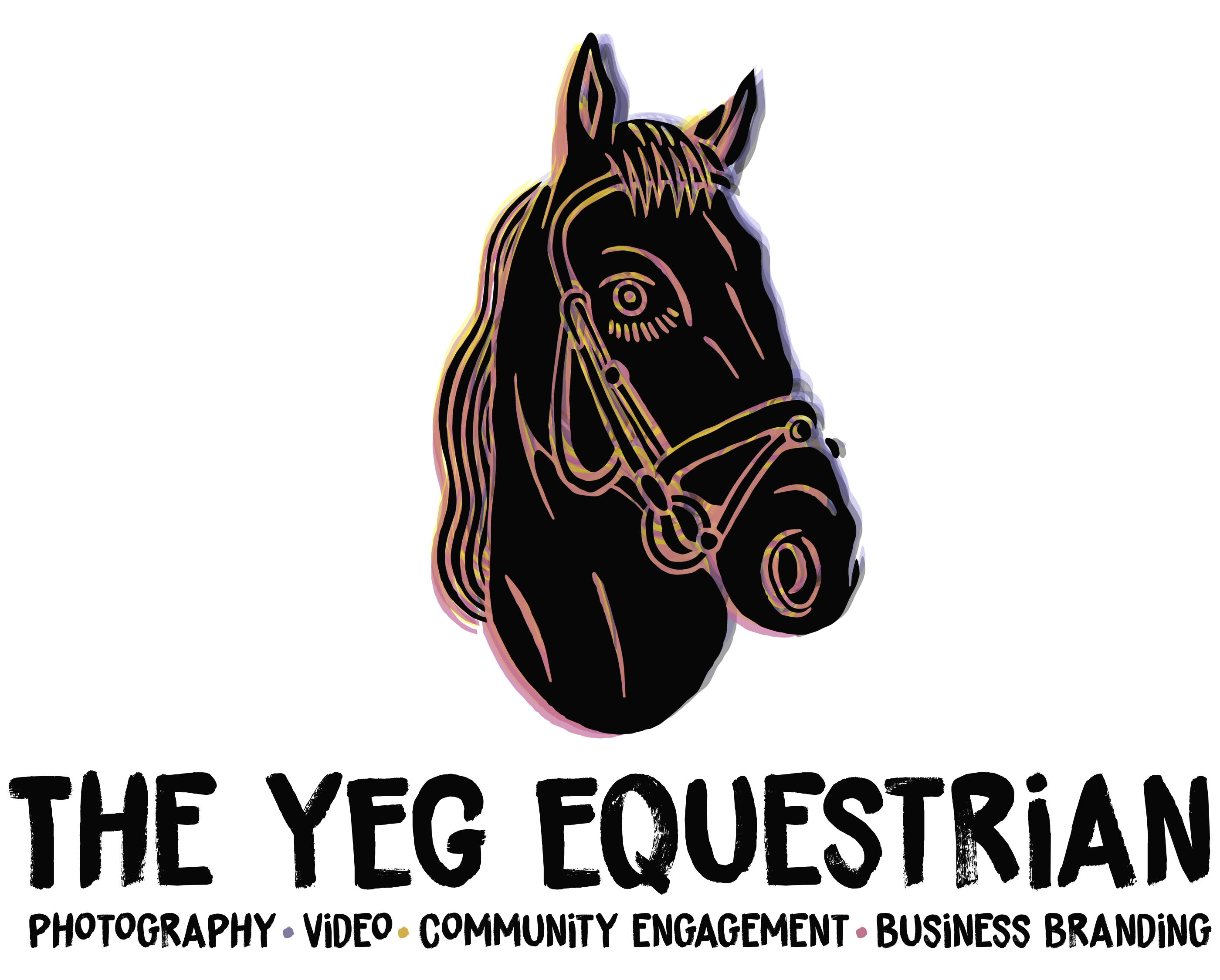Hello there friends! Hope you are all staying well both mentally and physically as we continue to battle this COVID19 pandemic. A lot has changed in the equine industry over the past few months, but today I’m bringing you a interesting and informative read from Sarah Boyer of Millennium Equestrian in Carstairs, Alberta. Along with boarding, training, and sales, Millennium also has a robust equine rehabilitation and conditioning program. One of only a handful of places in the Province that boasts an equine water treadmill, they also develop custom programs and have a infrared solarium on site. For more information about their facility and services, visit them here!:
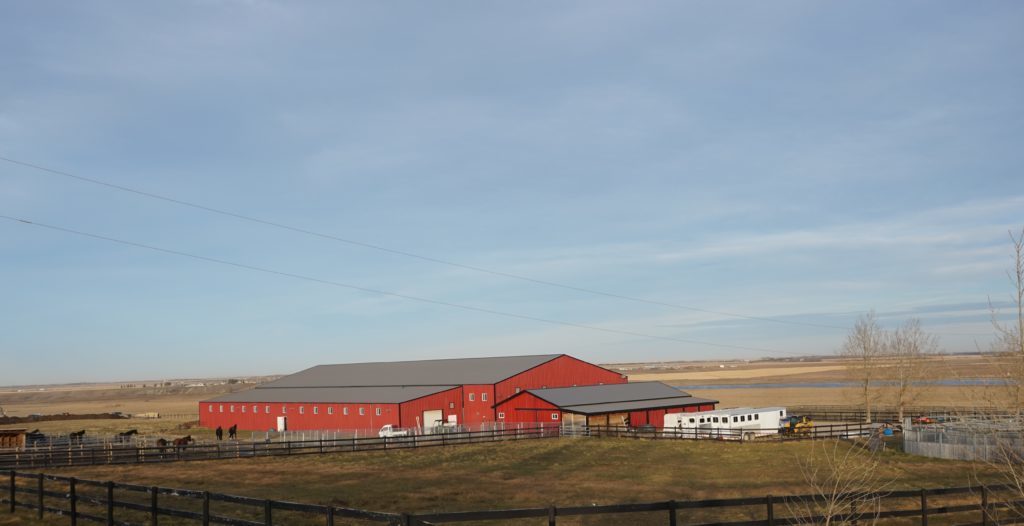
Millennium Equestrian
30363 Range Road 12 Carstairs, AB T0M 0N0
Instagram
http://millenniumequestrian.com/
(587) 777-5670
Conditioning for Success
Written by: Sarah Boyer
If you are involved in the equine industry in any way, shape or form, there is probably one thing we can all agree on, everyone has their strong opinion on the best way to develop their horse. From the particulars of a feeding program including type of concentrate/supplements to feed, exercises to condition their horse, specific tack and equipment that must be used – the list goes on. We all have our hearts in the right place using the knowledge we have in creating a program for our horse, regardless of what discipline.
What drove me to create a successful and effective conditioning and rehabilitation program at our facility, Millennium Equestrian and Rehabilitation Center, was my strong roots as an athlete myself. Growing up I was extremely active and participated in every sport under the sun, from basketball, track and field and equestrian to my main focus, volleyball. I played college level volleyball where I learned about the true dedication required to create a solid conditioning and nutrition program that would allow my body to perform at the highest level while reducing the risk of injury. That has now translated into creating similar programs for our equine athletes.
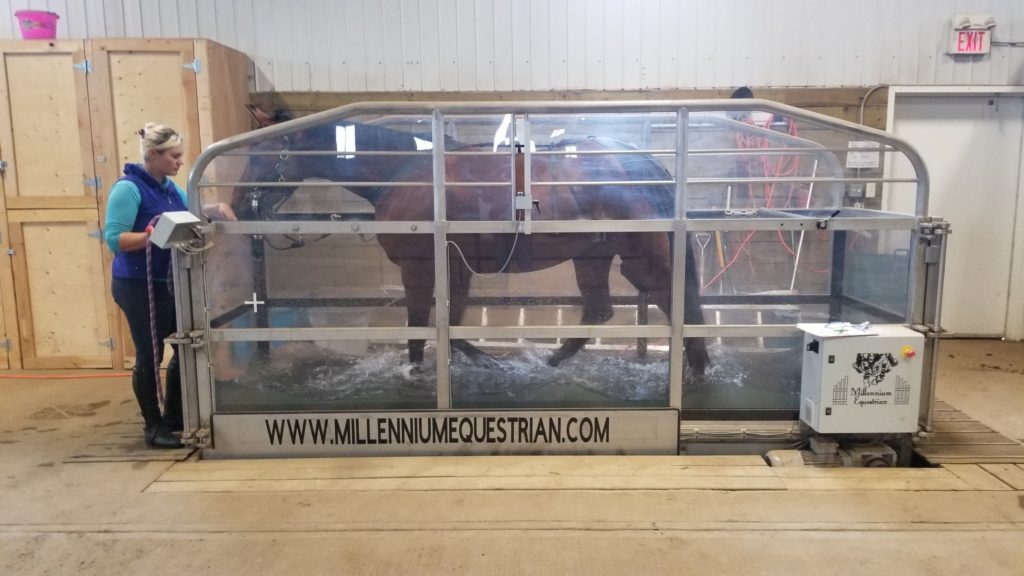
When we think about an athlete, whether human or equine, one thing we often forget about is an integral part of differentiating you from the rest – CROSS-TRAINING. Let me break it down for you. Think of an Olympic sprinter such as Usain Bolt, extremely successful in the 100 metre dash where he has roughly 10 seconds to activate every muscle fibre in his body in what is called ANAEROBIC exercise. An explosion of activity in a short period of time requiring the use of stored energy sources within the body. If we were to call up Usain and ask him to disclose his exercise regime, do you think it would entail running 100m sprints day in and day out, and that’s it? You bet your butt not! This is where CROSS-TRAINING comes into play to create an overall athlete. Weight training, aerobic cardio workouts, plyometrics, racquet ball, kick boxing, mountain biking, the options are endless. No matter your sport, you most definitely CROSS-TRAIN if you desire to be an elite athlete.
Let’s now shift our mindset to our equine athletes. For the purposes of not writing a novel, I want to focus on one horse that comes to our facility for a conditioning program in the water treadmill. When creating a custom program, I begin by looking at the horse as a whole in their current state and gather as much information on its present workout program as well as goals in their specific discipline. There are 5 pillars that I breakdown an exercise program into:
• Cardiovascular/Interval Training
• Range of Motion/Straightness
• Strength Training/Resistance
• Backing Up
• Incline/Hill Work
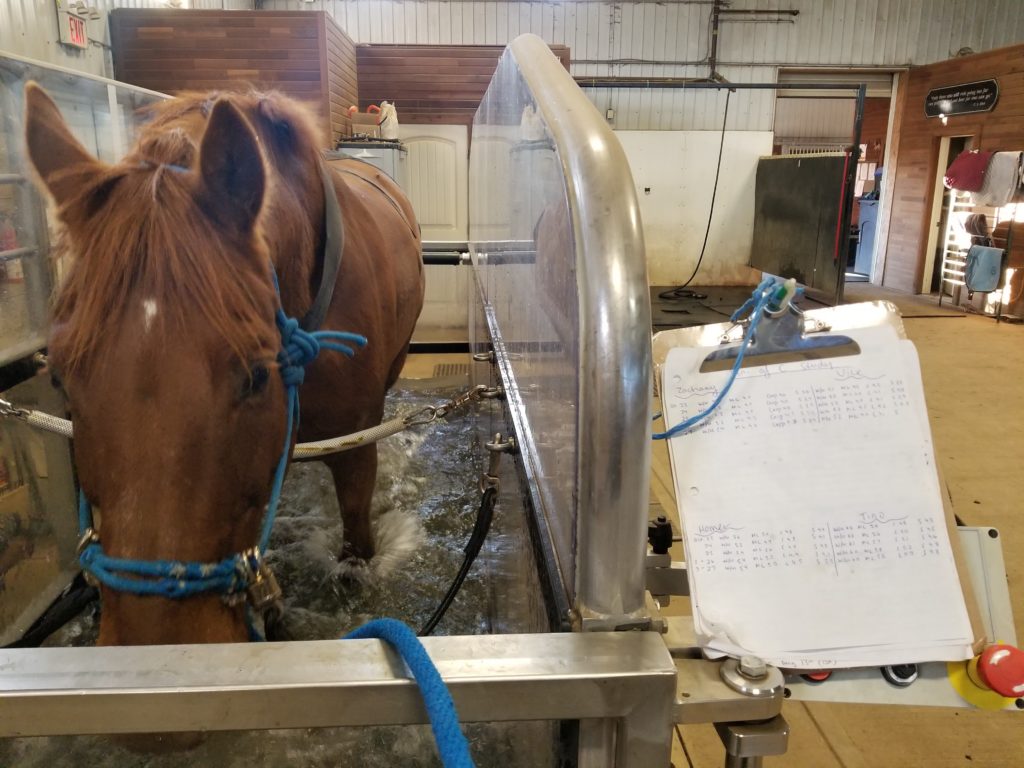
There are a few things to remember when thinking of a water treadmill program overall:
• There is no rider throwing off the horse’s natural balance or compensating for rider weakness or injury
• The treadmill track is quite narrow which forces the horse to focus on their straightness and makes compensating extremely difficult
• We take extensive notes on every single session for tracking purposes and to monitor for specific weakness in the horse or possible undiagnosed injury
• Safety is always the number one priority and the treadmill is equipped with multiple emergency stop functions including a laser emergency stop if a horse were to slip or trip; all programs are monitored by a handler the entire time
Don’t forget, I am a trainer myself, so when I mention things such as our inability to keep our horse straight under saddle, I am in no way criticizing your ability as a rider, it’s one of my biggest struggles.
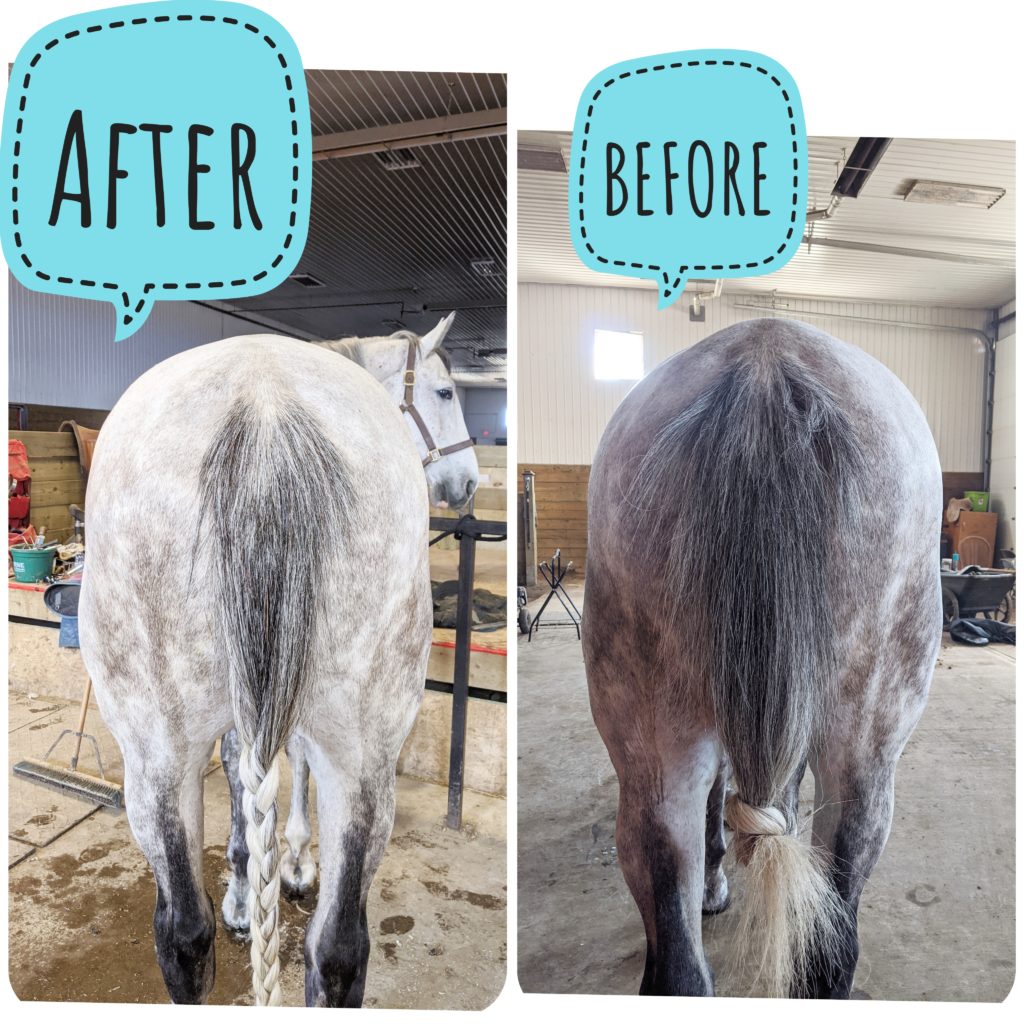
Cardio/Interval Training: This one is pretty simple, and we all know how difficult cardio is. The main focus when analyzing your horse’s cardio program is how AEROBIC or ANAEROBIC is your specific discipline? For example, a barrel racer is going to require a stronger anaerobic workout compared to an endurance horse who requires a stronger aerobic program. Simply put, we create a well-balanced workout including interval training (speed controlled and timed) with a gradual increase in the length of your horse’s treadmill session. On average, an extremely fit horse will do a 30-40 minute session, 4-5 days per week. On a day we are focusing on ANAEROBIC exercise, your horse would be working at a higher speed level with a difficult level of water (most often knee height) for short bursts. On a day we are focusing on AEROBIC exercise, your horse would be working at either a high level of water (stifle height) or a very low level of water (fetlock height) at a slower speed for a longer period of time.

Backing Up: At some point in our lives working with horses, we have ALL heard someone in the industry speak to the benefits of backing up our horse. As well we have all struggled to get our horse to back up in hand IN A STRAIGHT LINE. The straight line is the key factor in this. We utilize the smaller track in the treadmill to help the horses stay straight while maintaining a consistent rhythm or speed. Most horses regardless of fitness level, can only do 10-15 seconds at roughly 2.5 km/hour when they first encounter this treadmill exercise! That is how truly difficult it is and here is why! When we exercise our horse regardless of what we are doing, the limbs are mostly in extension; when we back up, we are asking for more flexion. Think of a basic bicep curl – if we are doing this correctly, we are evenly focused on flexion (closing the angle of our elbow joint) and extension (opening and straightening the elbow joint). There is a sound reason reining horses have the beautiful peach shaped hindquarters we all strive for – when you watch a seamless and well executed rein-back, it is effortless for them.
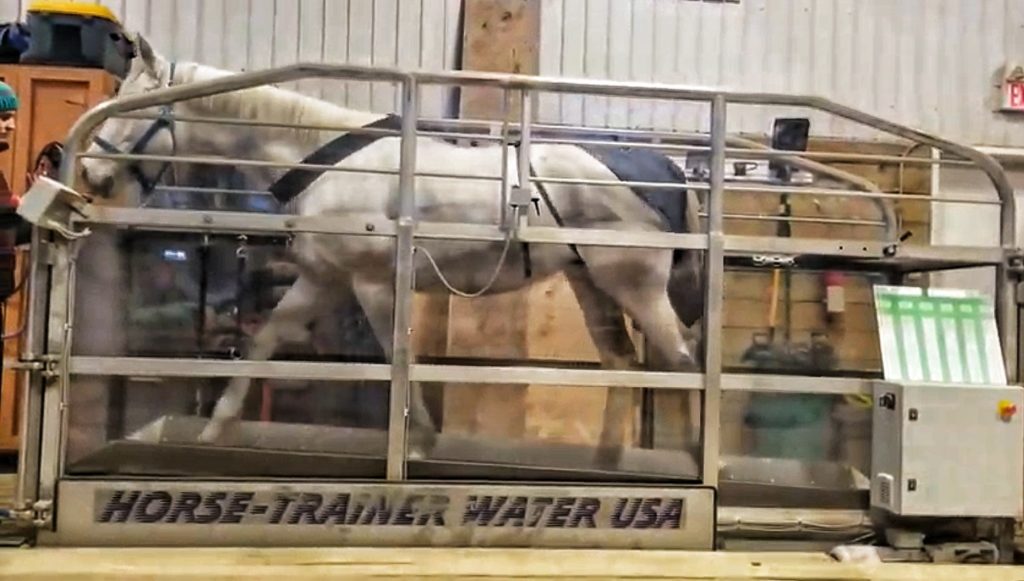
Incline/Hill Work: Again, this is one of those concepts we read hundreds of articles about, working hill-work into our routine under saddle or in hand. In the disciplined environment of the water treadmill we can control the degree of incline, the speed and the always crucial, straightness. Incline work is outstanding for helping create mobility and flexibility in the spine and is extremely important for strengthening the complicated stifle apparatus. We incorporate different speeds during the incline session; slower for more muscle and overall body control or higher speeds to incorporate interval training to strengthen the horse’s cardiovascular health. We have discovered that incline work is an extremely critical step to incorporate a few days before competition. Jumpers find great success in their capability to jump clear, racehorses to finish stronger and barrel horses shaving up to two seconds off their personal best!
Pre and Post Workout Infrared Solarium and Stretching Protocols: As part of our custom conditioning and rehabilitation programs, we always incorporate sessions in the infrared solarium, both pre and post workout. The benefits of this include stimulating blood flow to the major muscles before exercising (which helps reduce risk of injury or muscle strain) and reducing lactic acid build up after a workout which in turn diminishes muscle soreness. Stretching is also an integral part of our programs and we have developed a protocol with our massage therapists and overseeing veterinarians. This helps to increase continued suppleness and flexibility in the muscles we are working so hard to develop.
When your horse participates in a conditioning or rehabilitation program at Millennium Equestrian, we pride ourselves on creating a positive training environment for your horse and ensure they are comfortable and strong enough to complete the exercise program. The biggest question and concern we find with clients is, “My horse would never get into a water treadmill” or, “They are terrified of water/puddles.” Let me confidently assure you that we have yet to find a horse we cannot exercise in the water treadmill. Day 1 includes introducing your horse to the diaper (yes…they wear a diaper to help keep the 3 arm process filtered water as clean as possible), the rack wash where we ensure they are clean and ready to work, a basic walk through in the treadmill, learning to confidently load and stand and if they are comfortable enough, a basic walk at a comfortable speed. We introduce things like water and incline when we feel the horse is confident enough with the process, always starting slowly and taking into account their mental capacity for new challenges. We have seen success with barely halter broken 2-year-old warmbloods, racehorses fresh off the track, FEI level competitors from multiple disciplines and horses terrified of their own shadow that rely only on positive reinforcement and a calm environment.
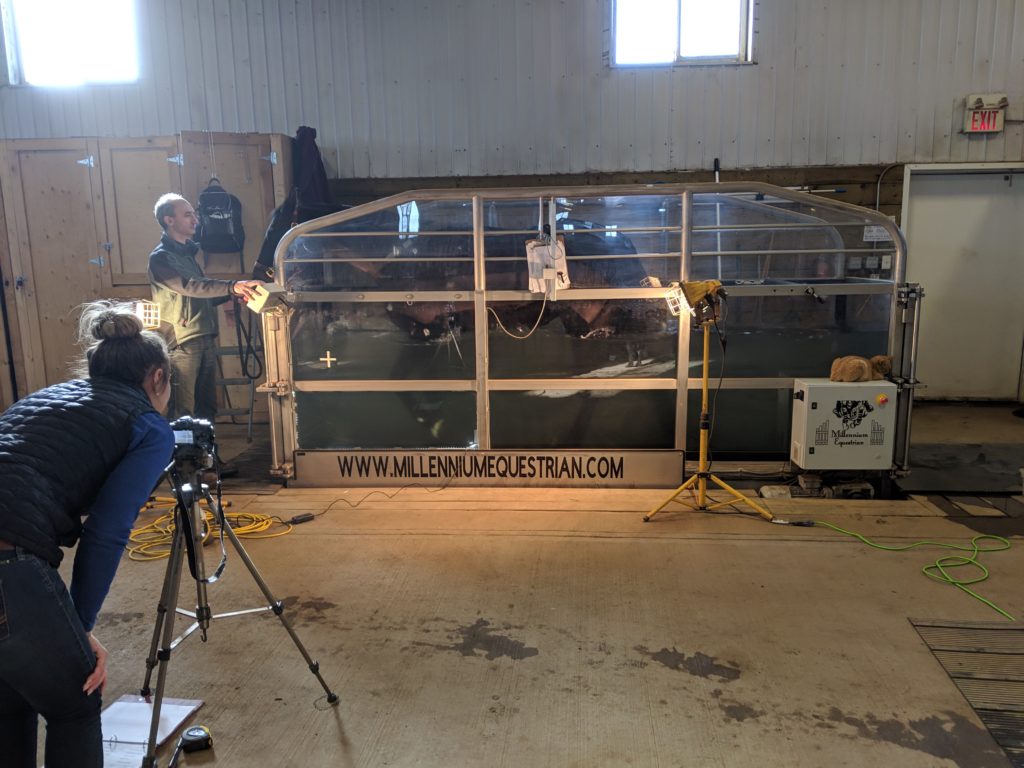
In addition to the physical aspects of the program, we also create a detailed intake and outtake report that includes photos and videos to track progress and a complete diary of their workouts. We also keep thorough notes on specific asymmetry in their musculature, compensative movements such as holding their haunches to the left or right when fatigue sets in or any short or uneven strides in any of the four limbs. We provide exercises to be done under saddle or in hand as well as the stretching routines they have completed that we hope you continue with at home! We are passionate about helping you and your horse be setup for success, no matter what your goals.
Thank you Sarah for that awesome glimpse into the world of equine rehab and conditioning! I hope you all enjoyed that as much as I did. If you have an idea for a feature, give us a shout at Hello@TheYegEquestrian.com.
